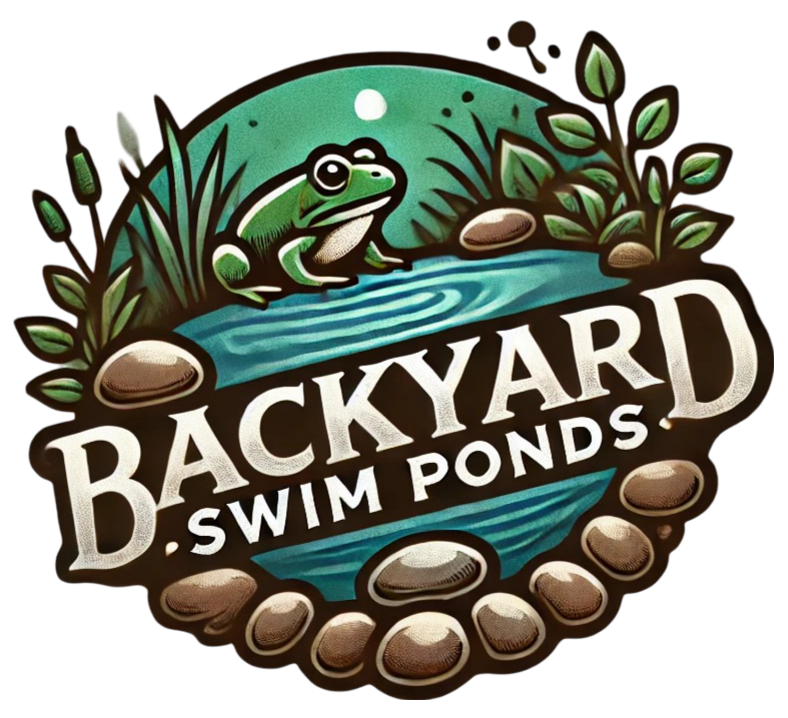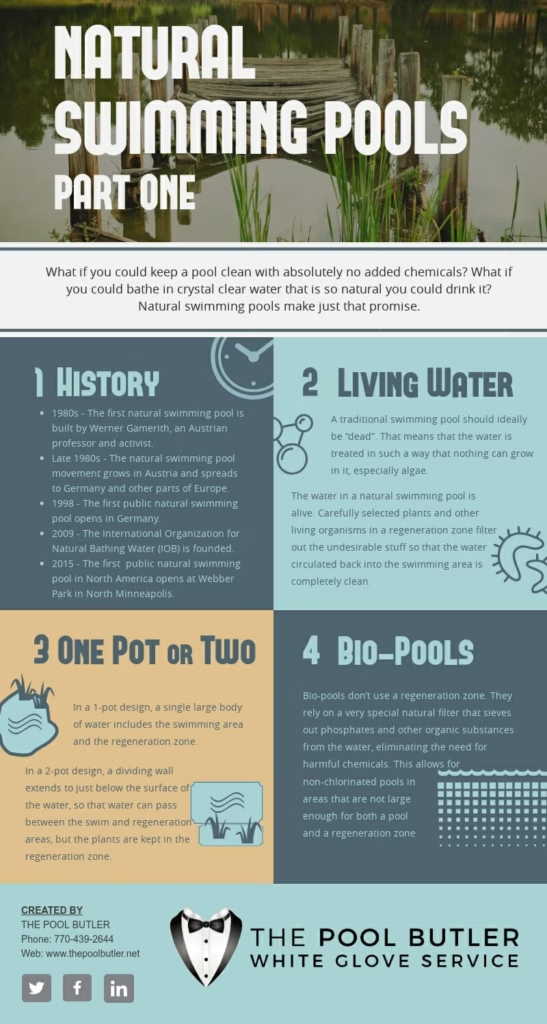Creating a natural swimming pond can greatly enhance the beauty of your backyard while providing a refreshing space for relaxation. The key to maintaining clean water lies in choosing the right aquatic plants that filter and purify the water without relying on chemical treatments. This guide will help you understand how to select the best plants for your swim pond, the benefits they provide, and essential tips for ongoing maintenance.
Why Go Natural? The Benefits of Plant Filtration in Swim Ponds
Natural filtration systems offer numerous advantages over traditional chemical treatments for maintaining clean water. One of the primary benefits is the reduction of chemical usage, which in turn minimizes health risks for your family and the environment. By tapping into the natural abilities of plants, you can create a healthier and more self-sustaining ecosystem right in your backyard.
Aquatic plants, such as water lilies and duckweed, have impressive filtration capabilities. Research shows that these plants can remove 70-80% of nitrogen and 60-70% of phosphorus from the water. This natural nutrient absorption leads to clearer water and helps to control algae growth.
In addition to their filtering abilities, plants enhance the visual appeal of your pond, offering lush greenery and vibrant flowers. By incorporating native species, you can also encourage local wildlife, contributing to the ecological balance of your pond. Furthermore, plant filtration systems often require less maintenance than mechanical filters, reducing both costs and the effort needed to keep your pond in top shape.
An infographic illustrating the benefits of using natural filtration systems in swimming pools compared to traditional chemical methods (Source: The Pool Butler)
Choosing the Right Plants: What Works Best?
Selecting the right aquatic plants is crucial for maintaining effective water filtration in your swim pond. In temperate climates, several categories of plants work particularly well.
-
Riparian Plants: Plants like Cyperus thrive along the edges of the pond and effectively filter pollutants. They grow quickly and can create habitats for small wildlife.
-
Floating Plants: Species such as duckweed and Azolla can absorb nutrients directly from the water column, helping to mitigate algae blooms while enhancing water clarity.
-
Marginal Plants: Options like Water Iris and Marsh Marigold flourish at the water’s edge, absorbing excess nutrients and adding aesthetic appeal.
-
Submerged Plants: Plants such as Elodea and Hornwort provide oxygenation to the water and compete with algae for nutrients, maintaining a healthy ecosystem.
Utilizing a diverse mix of these plants not only promotes an attractive environment but also enhances filtration efficiency.
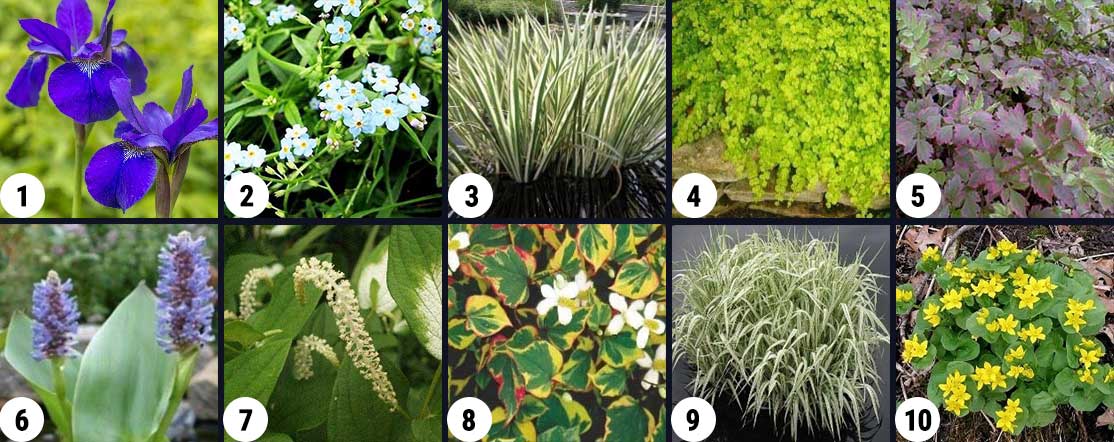
A collection of images showcasing various aquatic plants that are effective in pond filtration (Source: Water Xscapes)
Designing Your Pond: Optimal Plant Placement and Maintenance Tips
Properly placing aquatic plants is essential for maximizing their filtration capabilities. Here’s what you should know about planting depths and densities:
-
Planting Depths:
- Marginal plants should be placed at depths of 0-10 cm.
- Deeper marginal plants, like water lilies, are best at 30-60 cm deep.
- Submerged plants typically do well at depths greater than 40 cm.
-
Planting Densities: Aim for a density of 6-9 plants per square meter. For filtration areas, target 2-5 plants per square foot to ensure effective coverage while avoiding overcrowding.
Regular maintenance is equally important. Monitor your plants’ health and manage their growth to prevent imbalances in your pond’s ecosystem. Addressing any issues early can lead to a thriving environment.

A schematic cross-section showing the placement of various filtration systems in a swimming pond (Source: GB Bio)
Going Beyond Filtration: Enhancing Aesthetics and Biodiversity
Choosing the right plants goes beyond just water filtration; it also significantly impacts your pond’s visual appeal and biodiversity. Incorporate a mix of plants that bloom at different times throughout the season for continuous visual interest.
Aquatic plants attract a variety of wildlife, including frogs, birds, and helpful insects, which all enhance the ecological richness of your pond. For instance, planting water lilies provides beautiful blooms and creates vital habitats for aquatic life.
By designing your pond with varied plant heights and structures, you foster a vibrant ecosystem that thrives year-round, enriching your outdoor space.
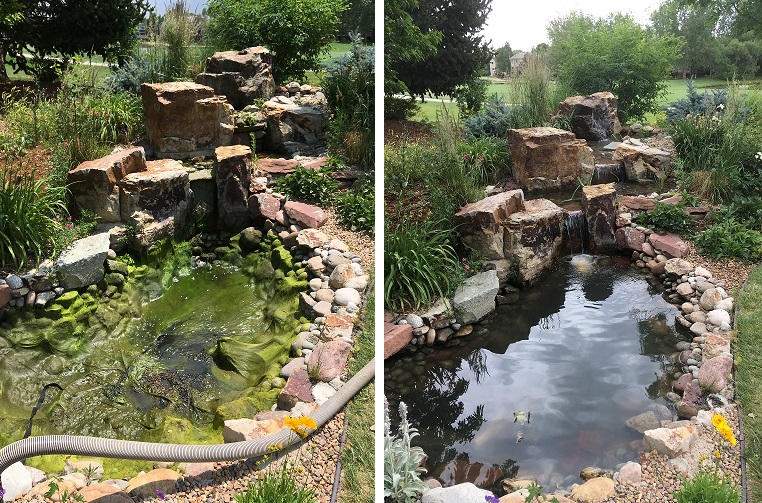
Before-and-after photos highlighting the aesthetic transformation of a pond after the implementation of aquatic plants (Source: Colorado Pond Pros)
Comparing Natural Filtration Options: Are Plants Enough?
While plant filtration can be highly effective, it’s essential to consider how it stacks up against other natural filtration methods like gravel bed filters. Aquatic plants can remove substantial amounts of nitrogen and phosphorus, but gravel filters can achieve even higher removal rates, sometimes up to 90% for suspended solids.
A combination of both methods often yields the best results, as leveraging the strengths of each system can mitigate weaknesses. Hybrid approaches can maximize performance, blending the aesthetic benefits of plants with the consistent efficiency of biofilters.
Your choice of filtration method should be based on your pond’s unique needs, budget, and the level of maintenance you’re willing to commit to.

A comparative graph showing the effectiveness of various filtration methods, including plant-based and traditional filtration systems (Source: MDPI)
Overcoming Challenges: Tips for Successful Plant-Based Filtration
Implementing plant-based filtration comes with specific challenges, especially for DIY homeowners. Here are some common obstacles and solutions:
-
Plant Selection: Identifying the right mix of riparian, floating, and submerged plants is crucial. Make sure to consider the specific needs of each species to ensure they will thrive together.
-
Maintaining Water Quality: Regularly check your water’s pH and nutrient levels. Ideally, the pH should remain between 5.5 and 6.5 for optimal plant growth.
-
Permitting and Regulations: It’s important to familiarize yourself with local regulations regarding natural swim ponds, as different jurisdictions may classify them similarly to traditional pools, necessitating specific permits.
By staying informed and proactive about these factors, you can effectively manage your pond and avoid common pitfalls.
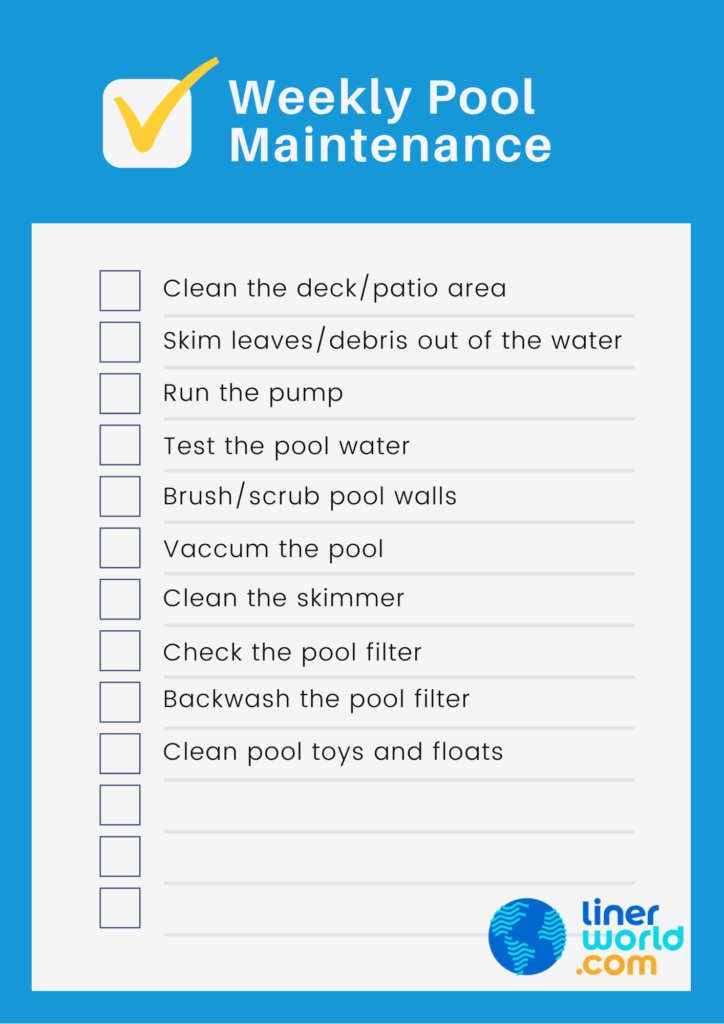
A comprehensive checklist summarizing the maintenance and challenges associated with swim ponds (Source: Liner World)
Regulatory Considerations: What Homeowners Need to Know
Understanding the relevant regulations for natural swim ponds is essential before you begin your project. Regulations can vary significantly by location, with different local governments setting specific requirements.
In regions like Europe, guidelines often follow country-specific regulations that detail construction and maintenance standards. In the U.S., local health departments may require adherence to the CDC’s Model Aquatic Health Code, which is slowly evolving to incorporate standards for natural swimming ponds.
Be sure to check zoning laws to comply with safety standards and be prepared for potential environmental assessments, especially for larger installations.

A map illustrating the various regulations surrounding swimming pools, including natural swim ponds across different regions in the U.S. (Source: Get a Site Plan)
Conclusion
Choosing plants for natural filtration in your swim pond is an opportunity to create a stunning, sustainable ecosystem. By understanding the benefits of plant filtration, selecting suitable species, and adhering to best maintenance practices, you can enjoy a refreshing and beautiful space for years to come. Remember, the key to a thriving natural swim pond is your commitment to nurturing the plants and adapting to the unique challenges of your environment. Whether you’re attracted by the chemical-free swimming experience or the ecological balance brought by a well-planted pond, you’re on your way to harnessing the many benefits a natural swim pond can offer.
